Rivers and lakes trout fishing tips that will help you catch river, brown, lake, rainbow, and other types of trout. Trout are abundant in all freshwater bodies and can grow to massive sizes. Whether you are fishing wild or stocked trout, arming yourself with the right knowledge will help you succeed.
Trout Fishing Rigs and Lures
You can get great success when fishing for trout using basic or minimum gear. This makes trout fishing economical and almost all people including beginners can try it at a minimal cost.
Trout Fishing Rods
When fishing for trout you should select a medium-weight rod. Between 6 and 7 feet in length.
Pair your rod with a spinning reel and a monofilament line of about 4-6 pounds. To complete your rig, you will need to get several types of hooks, swivels, bobbers, and sinkers.
Many anglers also find success when using the Fly fishing method to catch trout. Check this post to get useful tips on Fly Fishing.
Trout Fishing Bait
Trout fish have great eyesight compared to other types of fish. However, they are not picky eaters and you can get a bite using almost all types of bait.
If you are a beginner you should try different varieties of live bait. These include crickets, insects, nightcrawlers, fish eggs, and minnows. As you gain more experience you should try artificial Baits such as Powerbait.
Trout Fishing in Rivers and Streams
There are many types of trout. When going trout-fishing you have to decide the type that you’re going for. They are rainbow trout lake trout brown trout and much more.
You can find trout in lakes, ponds, streams, and rivers that are all freshwater. You can also decide whether you want to go for stocked or wild trout.
When casting your bait or lure, make sure you cast it upstream. This will make it appear like live food that the trout will encounter in the streams and livers as it drifts downstream. Allow the holes to settle down before casting again to avoid spooking the trout.
Trout Lake Fishing
When fishing lake trout, your best friend will be a depth finder. The depth at which the trout eat differs depending on the season.
During mid-spring, you should keep your bait or lure at around 35-45 ft, in late spring you should go deeper to about 50-65 ft. While in winter it should be around 10 ft.
During summer, the lake trout often feed between dawn and 11 am especially when the lake water is calm. During summer, the lake trout can be caught at any time because they increase their feeding hours. They also increase the areas where they are hunting for their prey.
Trout Fishing Outfits
It is important to be comfortable when trout fishing or any type of fishing. If you’re comfortable, it increases your chances of success because you can concentrate.
Wear proper waders and wading boots suitable for fishing in streams, rivers, and lakes. Carry a rainproof jacket to protect you when it rains.
Protect yourself from the sun by carrying polarized sunglasses, a wide-brimmed hat, and sunscreen with an SPF of at least 20.
Location Selection
When selecting the location for trout fishing it is always a good idea to check any available resources about the area. There are many places that you can get useful information including the state’s division of fish and wildlife, local shops that sell Bait and Tackle, fellow anglers as well as online forums.
Went fishing on rivers and streams choose a spot that is deep as The Trout tends to avoid the rapid current.
Trout Fishing Basics
One of the most important basics when it comes to trout fishing is following the rules and regulations. Although trout readily available and relatively abundant there are still many rules that govern their fishing.
The regulations are different in different places so it is important to find out what the rules are in the area where you are fishing. In some places, you will need a fishing license and you also have to observe the limit on the open season for trout fishing
Some other locations have limits on the minimum length of the fish that you catch as well as daily limit you lying you should also acquaint yourself with the catch-and-release guidelines. To have a great time for trout fishing you need to review all the local laws and regulations.
Trout Fishing for Beginners
Although trout are abundant especially when it’s their season, they can be difficult to catch for beginners. The best time to catch trout is in late spring. As the season progresses, the fish become more adept at avoiding lures and baits.
Check the Temperature
The behavior of the trout is influenced by the water temperatures. The fish are actively feeding at about 34-670 F. When it’s too cold or hot the trout will move to areas with temperatures that are more comfortable for them.
You can also move upstream as the weather gets hotter during summer.
Best Time to Catch Trout
You can catch trout at all times depending on where you are fishing. However, trout are easily spoked by shadows.
The best time to catch trout is during dusk and into darkness. You will increase your chances of catching larger fish.
When there is heavy cloud cover, you can also get a good catch. You will be able to wade in and the trout will not spot you or get spooked.
Related Posts:
Final Thoughts
Trout are great fish to catch for both beginner and experienced anglers. You don’t need any specialized equipment to catch some big trout.
We as anglers are always learning by gaining more information to help us get better at doing what we love. I do hope that these rivers and lakes trout fishing tips were helpful. Please share the post and also follow me on Pinterest for more useful posts on fishing.
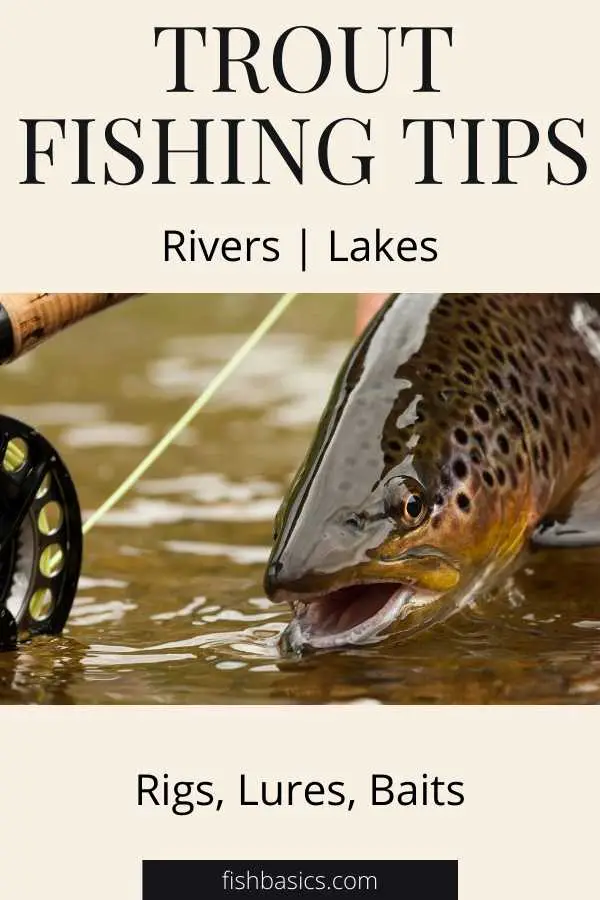
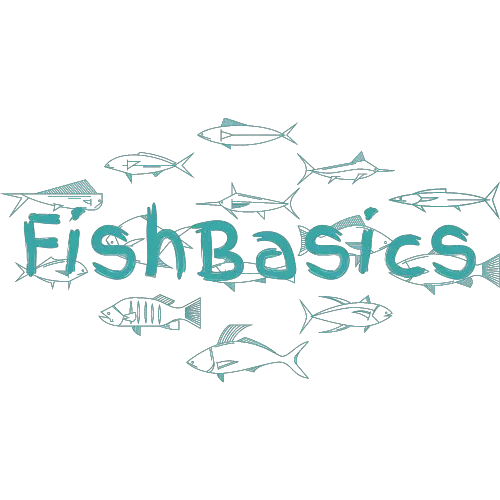

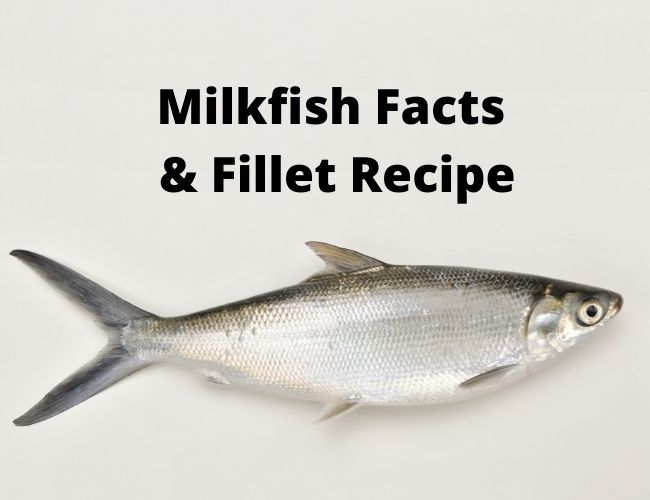
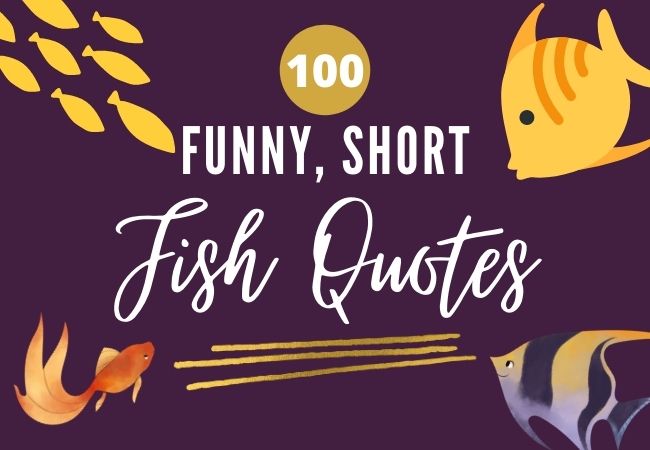



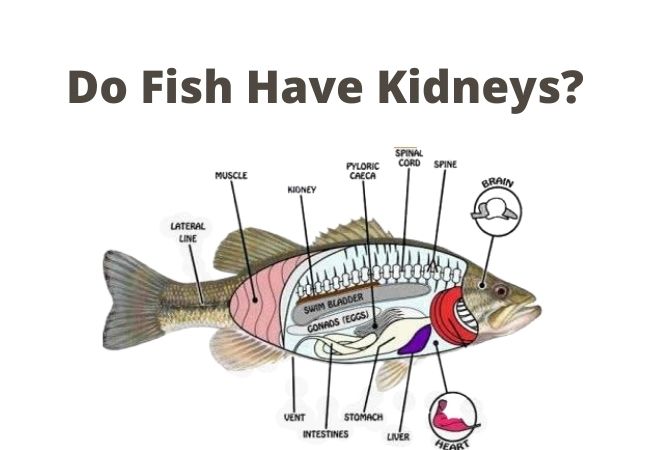
great tips and information .